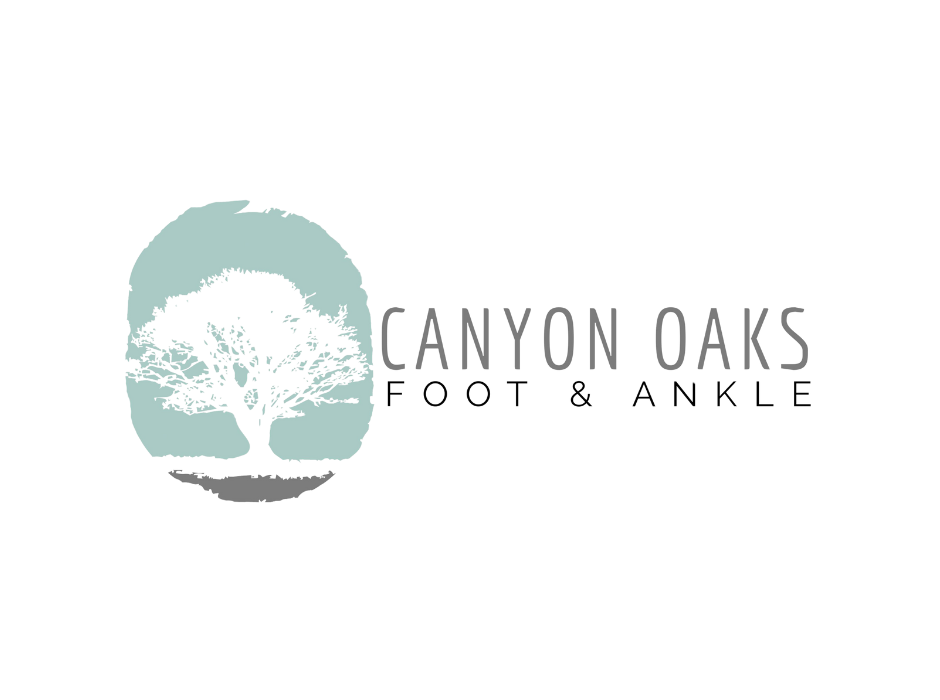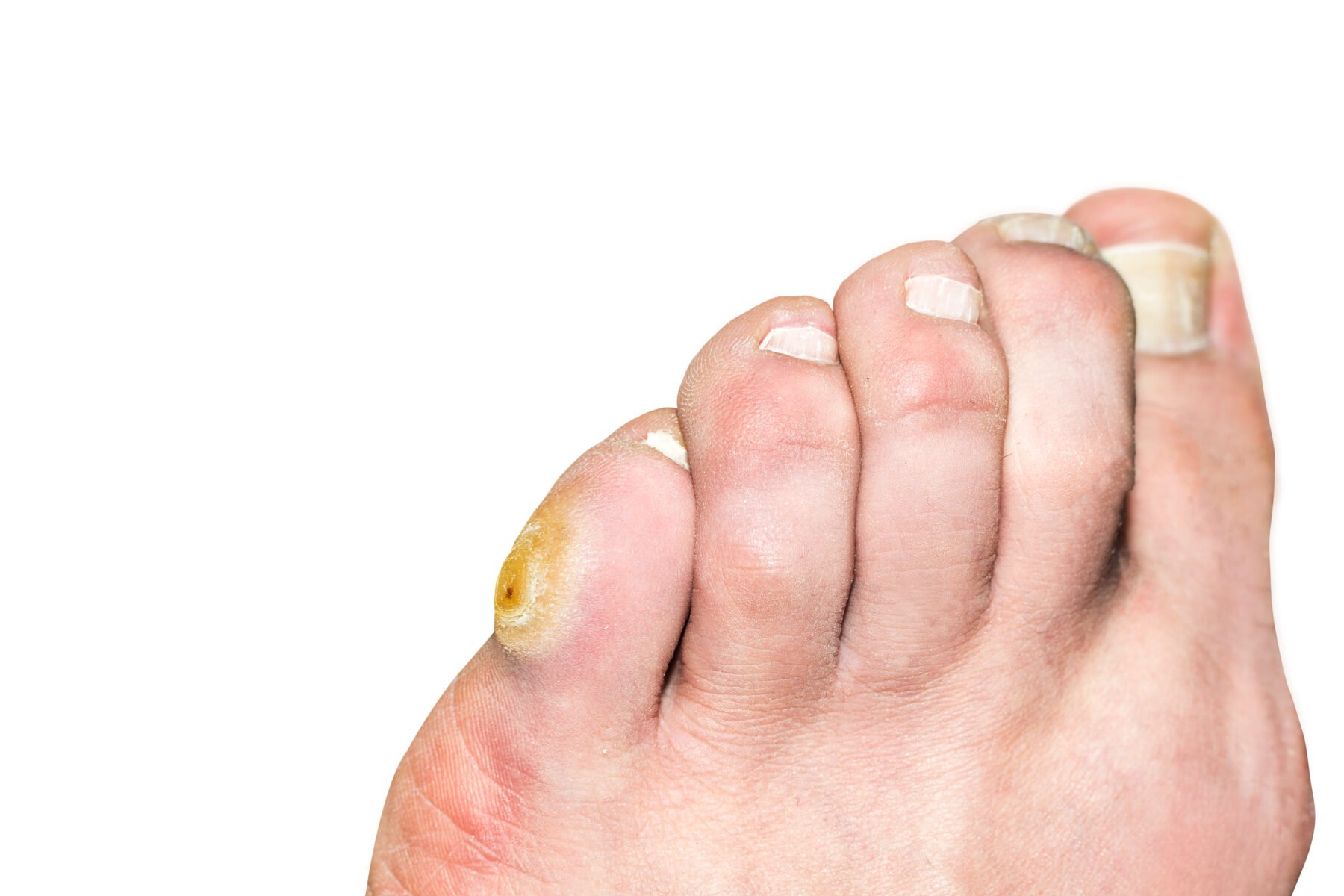What starts out as a blister from new shoes rubbing your foot the wrong way can easily develop into a hardened callus, or even a corn on the pinky toe, over time.
What else causes calluses and corns, and what can be done about them?
Calluses: What Are They?
Calluses are thickened layers of skin that usually appear on the soles of your feet. They develop when your skin tries to protect itself against friction, such as repeated rubbing against the inside of a shoe. Typically, calluses are not painful.
What are Corns?
While corns are similar to calluses, they are smaller and can be sensitive when placed under pressure. They are characterized by having a raised center with inflamed skin. Corns will develop in areas of your foot that don’t bear weight, such as a corn on the pinky toe or the sides of your other toes.
Causes of Calluses and Corns
A number of things can lead to the development of calluses and corns on the feet, including your shoes, your routine, and even how you walk.
Here are some common factors that can cause calluses and corns:
- How you wear your shoes. Whether your shoes are too loose or too tight, ill-fitting footwear can rub and create a high amount of friction on areas of your foot while you walk. Over time, your foot will develop calluses and corns to protect itself from the pressure.
- The way you wear your socks. Wearing the wrong socks, or even failing to wear socks at all can also contribute to the growth of calluses and corns. Always wear socks with footwear made to pair with socks, and do not wear oversized socks.
- Your running form. Whether the way you walk is inherited or unique to you, it may put you at risk of developing calluses and corns. “If you have gait issues (abnormal movements or lack of coordination in movements) when walking or running, you may be especially prone to calluses and should see your doctor,” says the Institute for Preventive Foot Health.
- The amount of time spent on your feet. If your routine features long-standing hours or frequent exercise, you may be more prone to calluses and bunions.
- Your foot shape. Due to genetics, you may have inherited feet that don’t seem to fit well in a typical pair of shoes. This abnormality may cause rubbing in shoes that can lead to calluses and bunions.
- How healthy your feet are. If you have other health conditions affecting your feet, such as hammertoes, bunions, arthritis, a bone spur, or another health problem affecting the shape of your feet, you may be at increased risk of developing bunions and corns.
Treatments for Calluses and Corns
To prevent calluses and corns from growing, pay attention to your feet. If you notice that your footwear is rubbing in a certain area or you have developed a blister, use padding to cover the affected area and consider swapping out your shoes for a better-fitting pair. Avoid frequent use of footwear choices known to cramp the foot or cause blisters and discomfort, such as high-heels.
If you already have calluses and corns, here are some treatment tips:
- Use insoles. To help control how your foot fits in your shoe and prevent rubbing while walking or running, insoles are a worthy investment.
- Soak your feet. A footbath of warm water and a quality moisturizer can help to soften tough skin.
- Use a pumice stone. This can help you gently knock down calluses. Do not attempt to cut the callus or corn, and refrain from attempting to remove your calluses or corns if you have diabetes.
- Visit a podiatrist. Your foot care specialist can help you get to the root of the cause of your bunions and corns and see if it may be associated with other foot conditions. Podiatrists may recommend procedures and foot support devices, working with you to establish a healthy balance and weight distribution on your feet.
Contact Canyon Oaks for Callus and Corn Treatment
Contact our Canyon Oaks office to seek treatment for your calluses and corns. Fill out the online contact form below, and we will be in touch with you within one business day.

